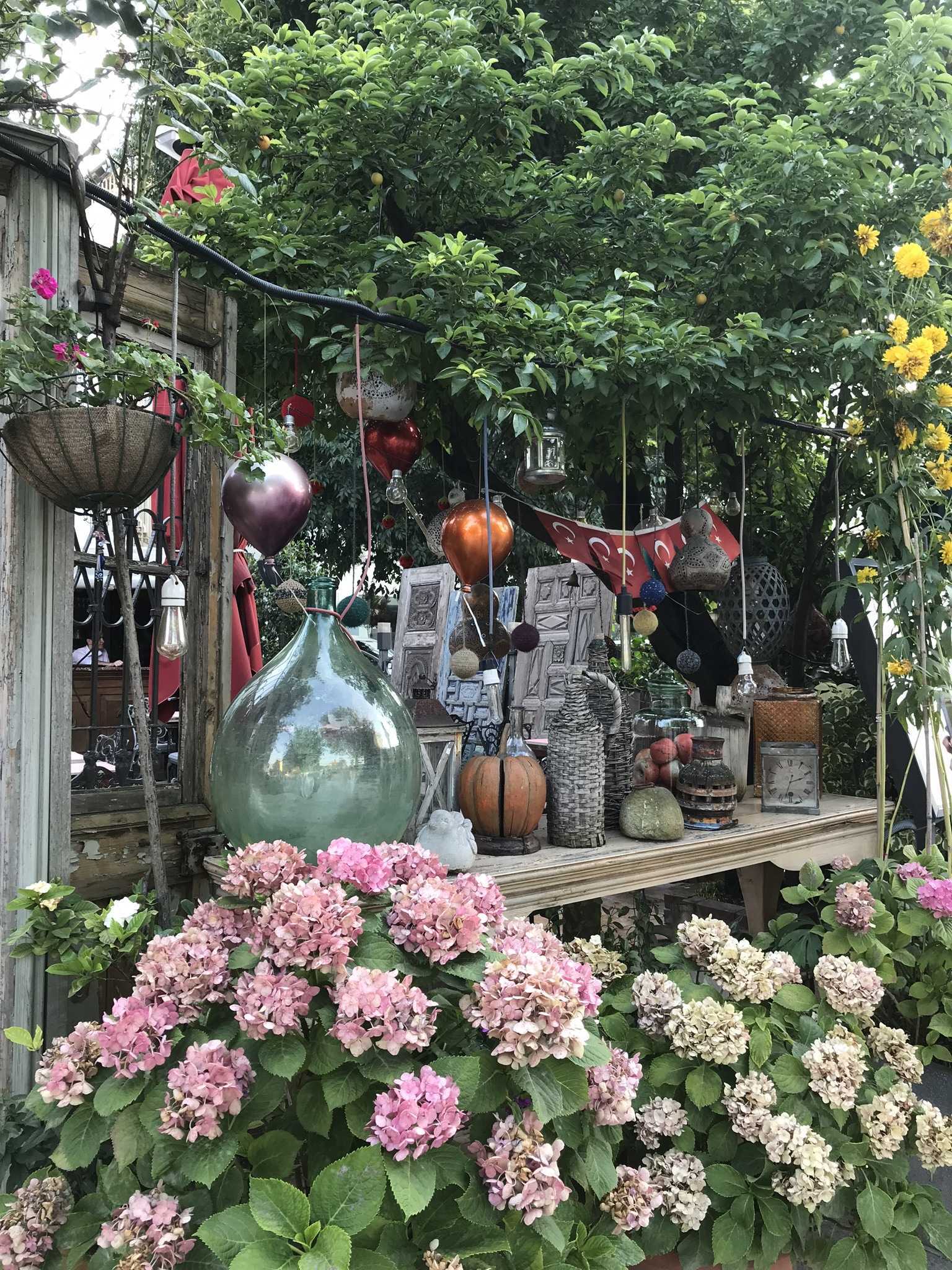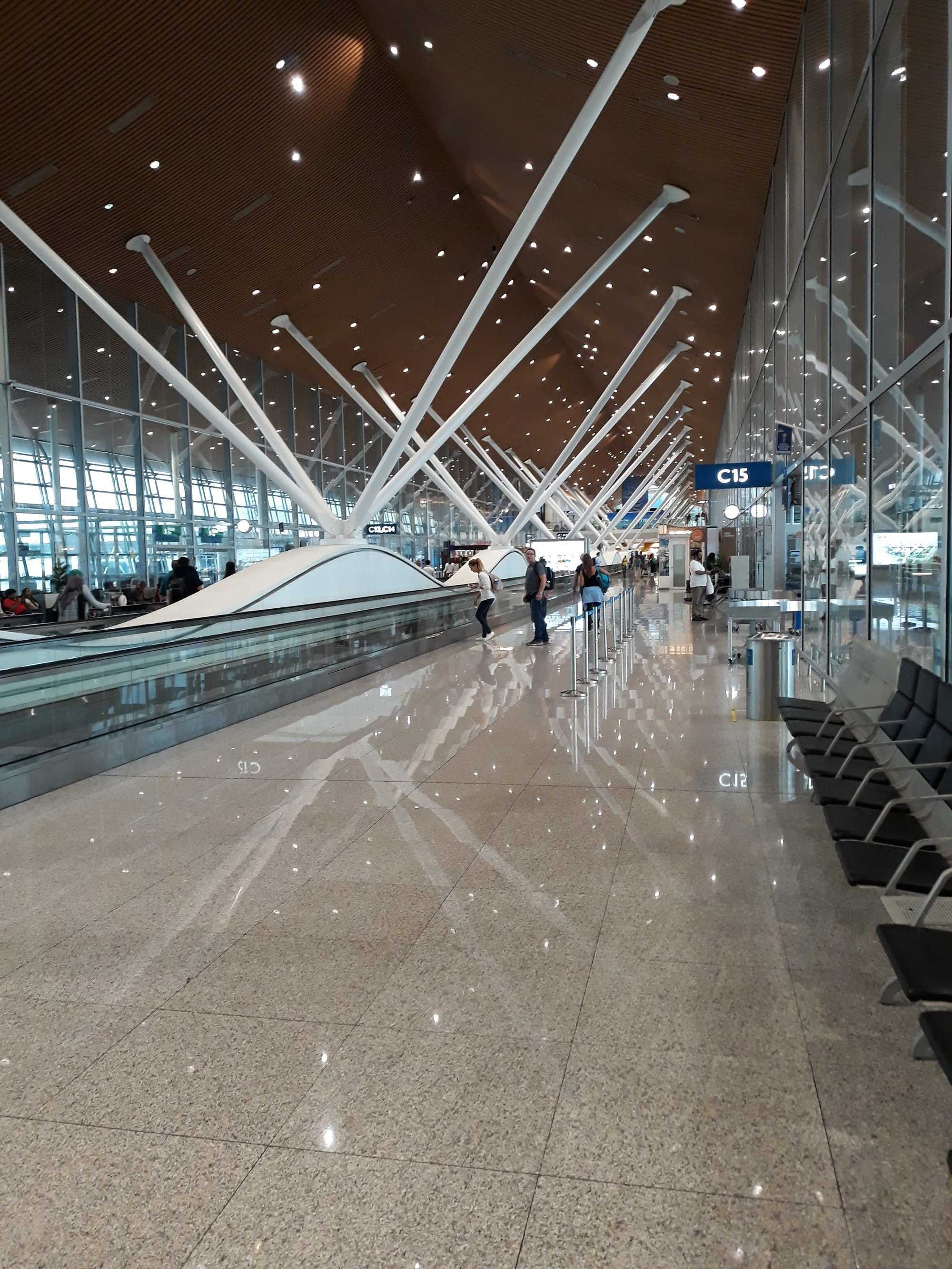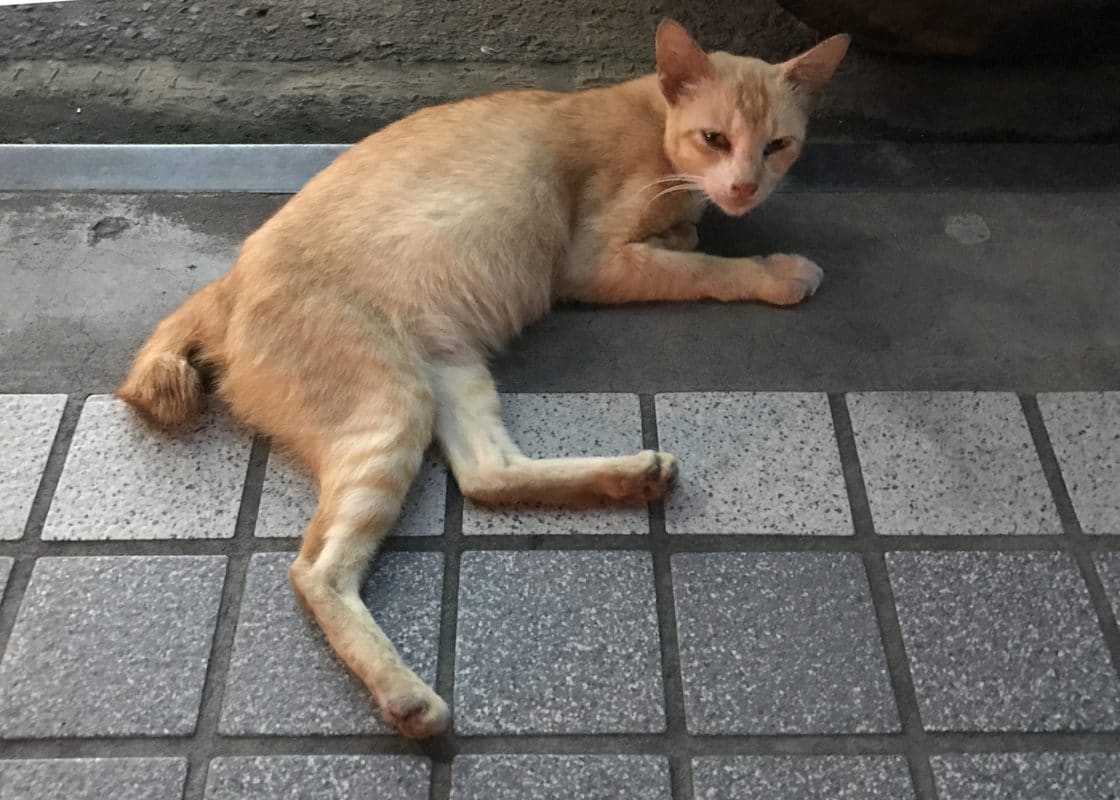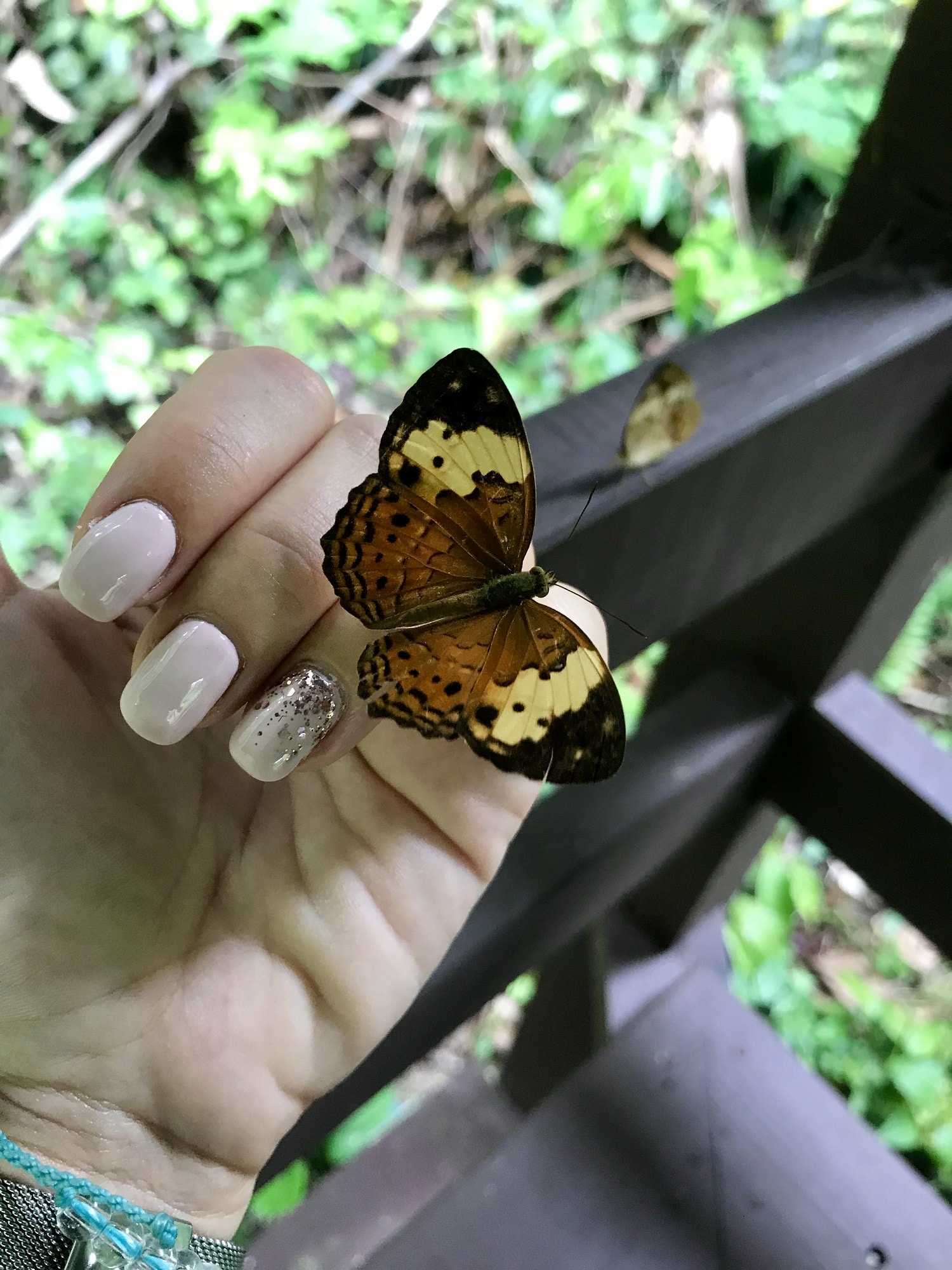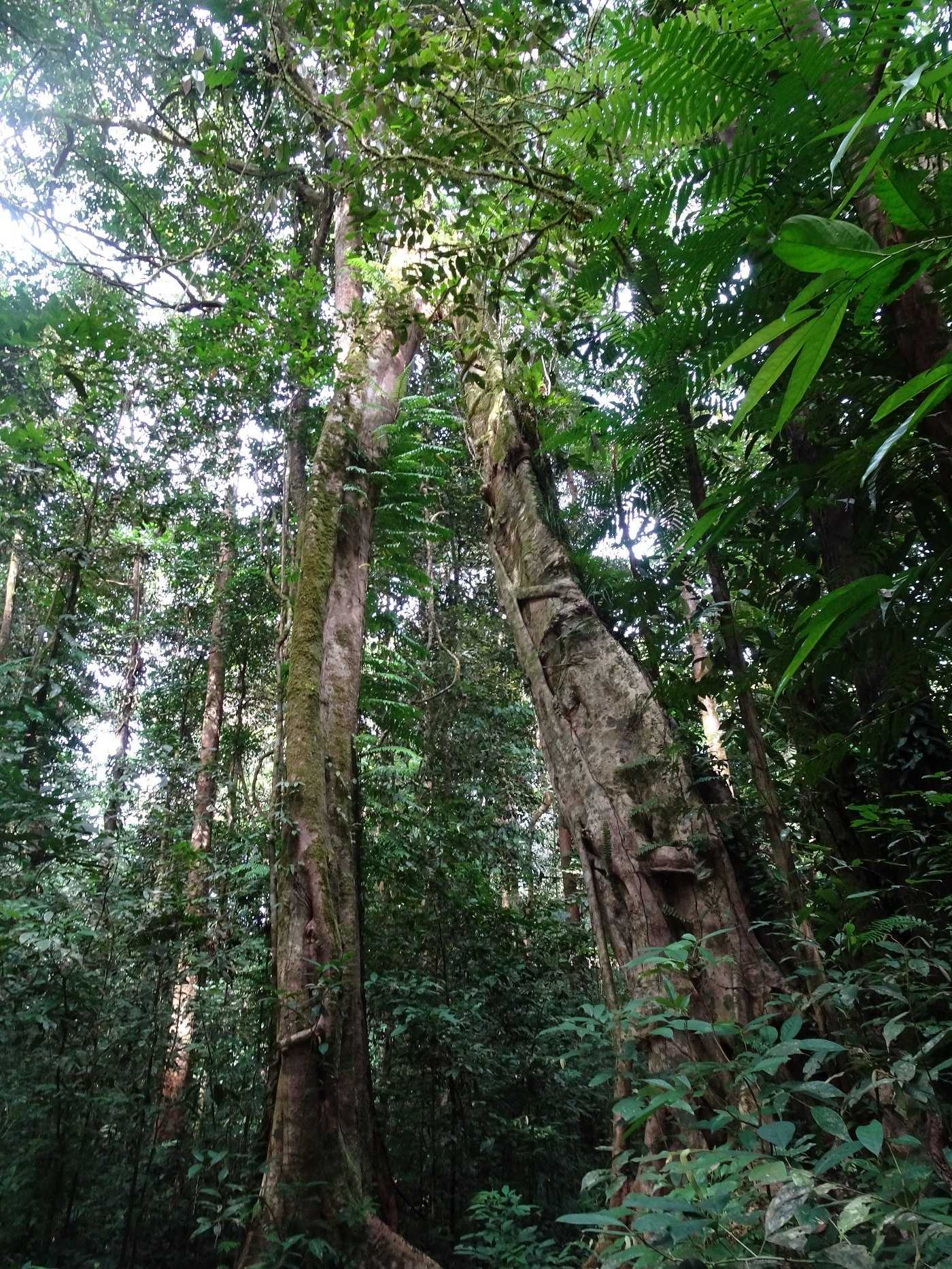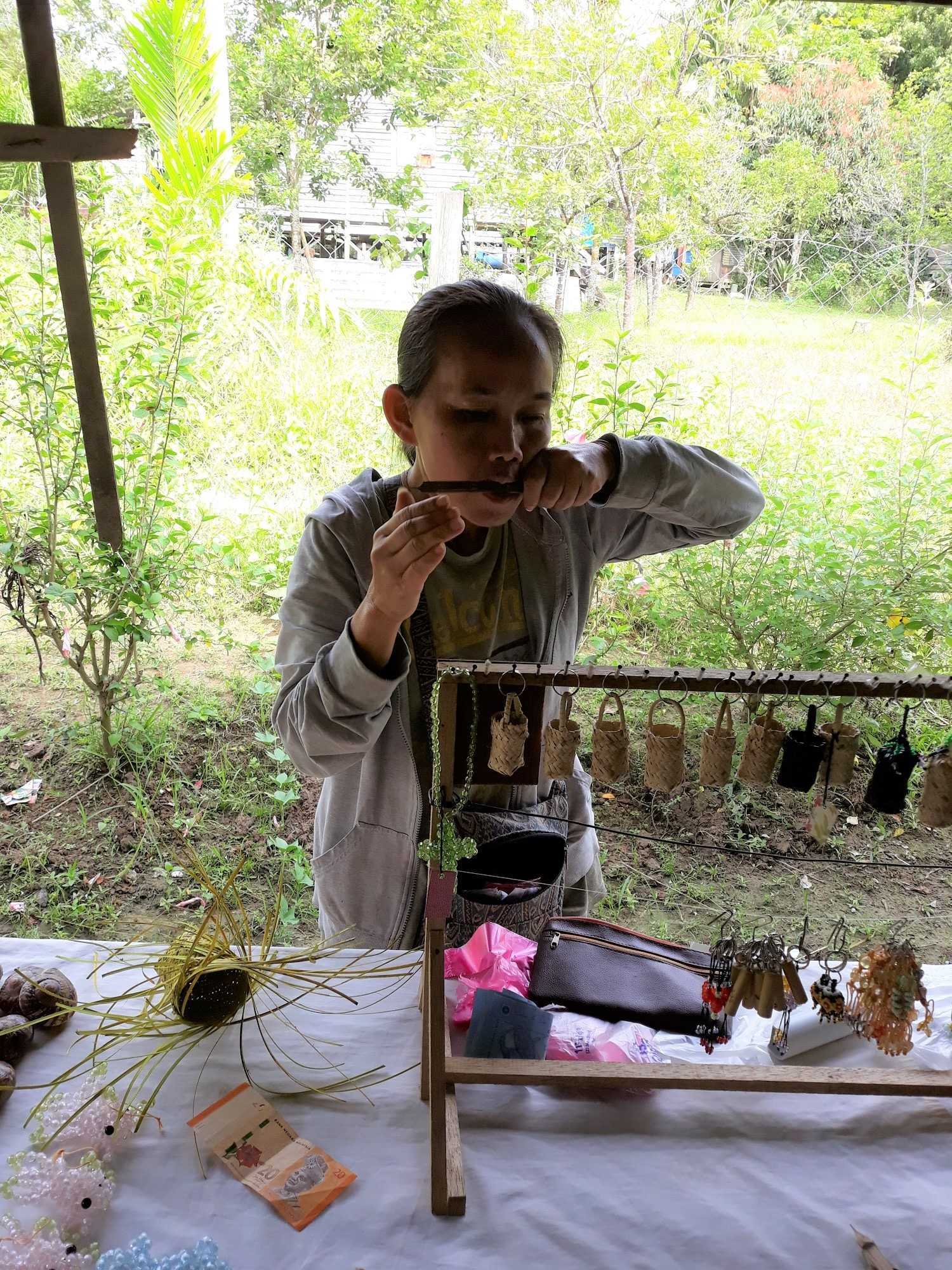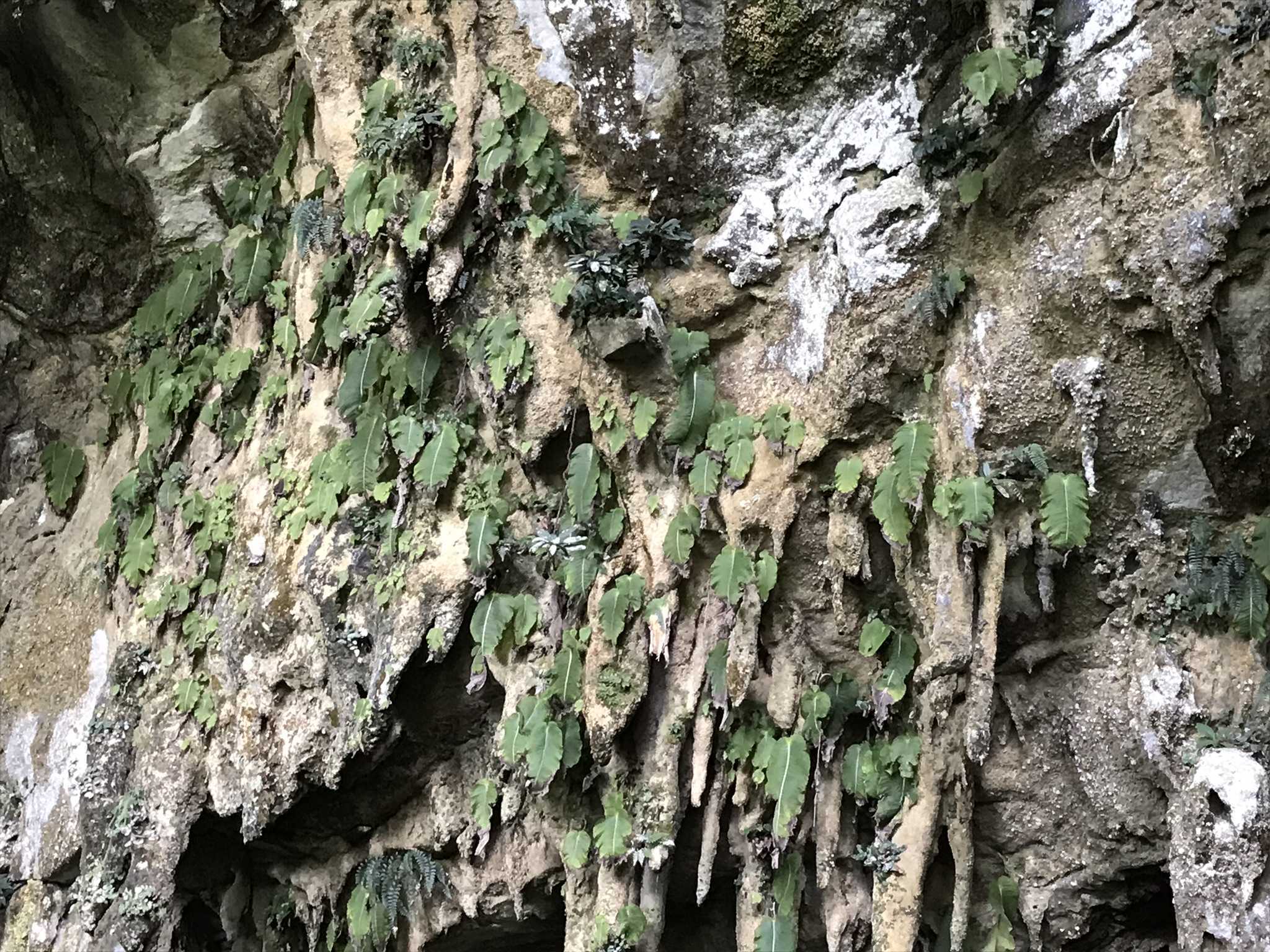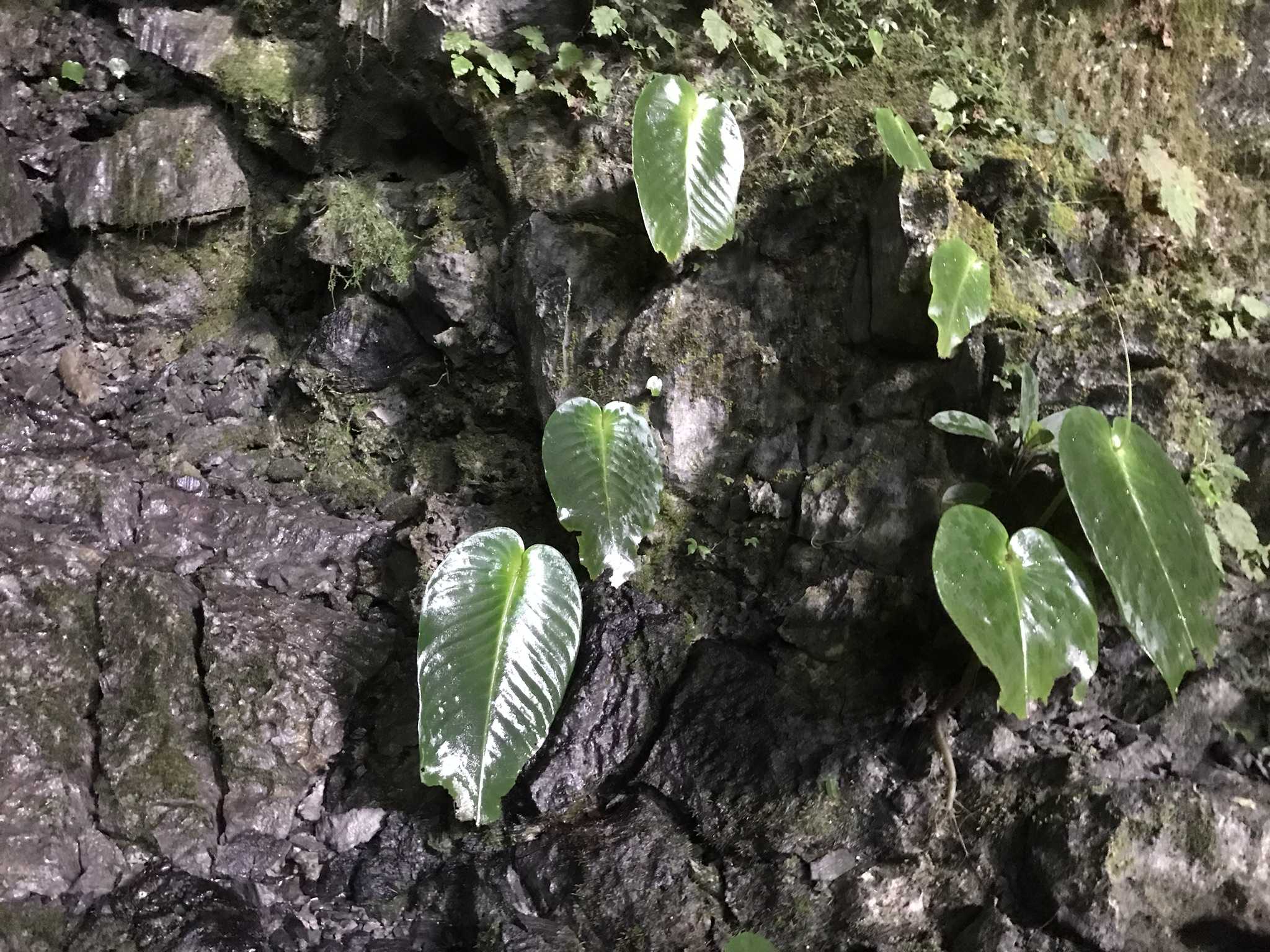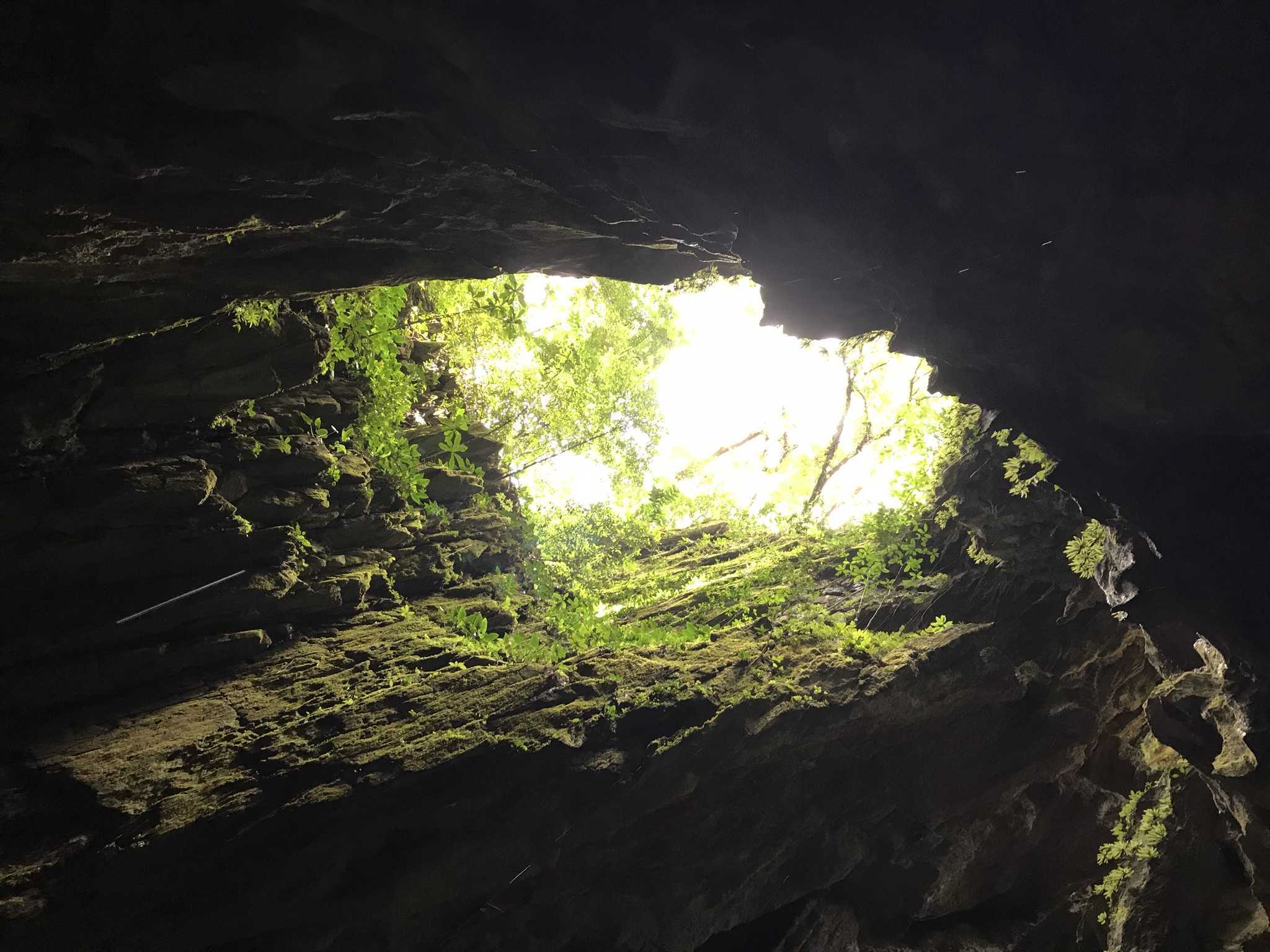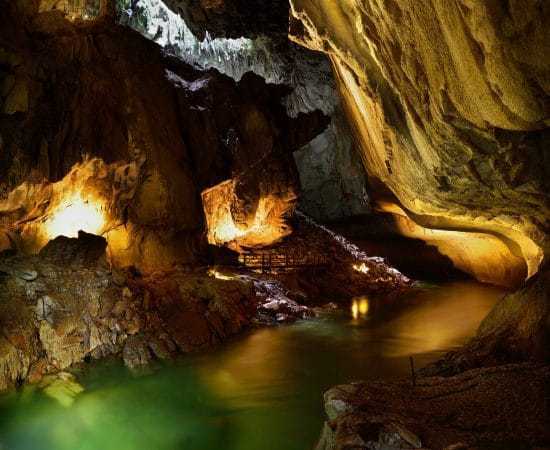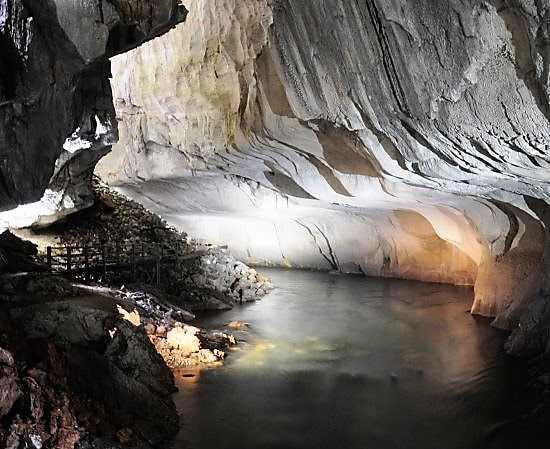Borneo’s name reminds most people of the impenetrably dense jungle, the Bornean orangutan on the brink of extinction, and the name of Sandokan, the Bengal tiger fighting with the Malays. Is the jungle as wild and dangerous as we think? What can you do in a jungle? In my first blog post on Borneo, I will guide you to the rainforests hosted by the third-largest island of world.
I’ve always been a great nature and animal-lover since I was a kid. I practically grew up on David Attenborough’s documentaries and watched live planet and desert show series recorded on VHS tapes over the years. Parenthesis note: these series and films are still value-creating and have stood the test of time. Despite this, Borneo was not on my imaginary bucket list, and I did not feel compelled to travel here until, on a February day, I was confronted by an invitation from a fellow traveler search team. After reading through the program plan, I was thrilled to think that I could follow in the footsteps of my childhood role model, Attenborough, so there was no question whether it was worth going to Borneo Island. Not even because of the unfortunate fact that the rainforests are being wiped out on a storm-scale because of the oil trees, and as sad as it is, it is necessary to go into the jungle as long as there is still something to see and rainforest.
Fortunately, there were other enterprising companions beside me, and with previous vaccinations, I got while traveling to Sudan, I was absolutely safe to go on the most extraordinary adventure of my life. Borneo, by the way, does not need any vaccination or special preparation. The journey to Borneo was quite long, thanks to the 8-hour transfer time in Istanbul. However, this at least took some time to see the beauties of the former Turkish capital, which brought the same wow experience as my visit years ago.
We first took the Turkish Airlines to Kuala Lumpur, where, passing through the futuristic airport, there was even a third flight waiting for us that day. It was that in the 30th hour after leaving home but finally, we arrived to the capital of Sarawak Province, Kuching, the gate to the rainforest guarded by cats.
Kuching
What’s the connection between cats and rainforests and why do they rule the city? Kuching’s name means cat in Malay, which has been the origin of many theories, but I wouldn’t bore you with that right now. The more interesting thing is that there is a huge cult of cats here and you run into huge cat statues all over the city. The roundabouts are run by cats, and there is even a dedicated Cat Museum in Kuching, where, in addition to 4,000 exhibited cat objects, there is an Egyptian mummified cat carcass and a stuffed specimen of the only Borneo red cat native to the island. The latter species, Felis Badia, is so rare that it was not seen and photographed until 1998. Now it is estimated that there are only 2,500 specimens of them in the rainforests.
The Bornean cat has a long tail nearly the size of its body – helping to counteract it in the jungle – unlike a domestic cat that doesn’t have a tail or just a few centimeters in length. There are many legends about why cats in South East Asia have short tails. The most common version is that the severed tail was a duty during the long cruise from Singapore, but research has shown that this misconception and lack of tail are the results of a genetic disorder. Tail or no tail, the families of Borneo have great respect for cats and see it as a lucky animal. It is said that it was a common method in Borneo to make rain in the already wet rainforest, that poor cats were pushed underwater for half-drowning because if the cat drowned, it would rain. I have a different understanding of love and respect, but ultimately that’s how the cat became the watermaker of the rainforests.
In Kuching, next to the Cat Museum, where we didn’t get into due to the shortness of time, it’s worth taking a walk along the Sarawak River, where you can see many historic and colonial buildings dating back to English times. Such as the Margherita Fortress, the Square Tower, the snow-white government building Astana (not to be confused with the former name of Kazakhstan’s capital) and the gold dome building, which is now the main legislative site of Sarawak province. Boats can easily cross and roam the city from side to side, but then it is mandatory to head to Bako or Gunung Mulu National Park. Because if the jungle calls, you have to go.
Gunung Mulu Nemzeti Park
Flying is the only way to reach the UNESCO World Heritage Site. This also meant that I spent an hour and a half in the window of the aircraft, where the vast yellow rivers and venomous, contiguous forest areas passed alternately before my eyes. In this part of Sarawak Province, there is not yet the great deforestation I later saw as I approached Kota Kinabalu, so it was a soul-lifting sight to see the road and jungle without bare areas.
Fortunately, the weather was gracious to us and it wasn’t raining, so we landed without problems at Mulu Airport, where we exited the plane in 35 degrees with 60% humidity. The sight of the lush forest in the mountains immediately caught me in a feverish excitement, and I couldn’t wait for the flatbed vehicle to take us into the jungle, where I spent three days completely isolated from everything.
Isolation must be taken literally. There’s no internet and no signal, no shops, no ATMs, no pharmacies. Therefore, you should bring with you a suitable set of survivors, which, in addition to the first aid kit, is primarily meant by flashlights, durable shoes for climbing, canteens, headgear, sleeping bags (only for sleeping in the camp in case of climbing), mosquito sprays (it is worth buying a local one) and raincoats.
In the morning, the weather is usually clear, the rain usually arrives between 13-17 hours and last for 30-60 minutes. The dry months last from July to September in Borneo but it doesn’t mean there won’t be any rain. So it’s worth taking an extra T-shirt in the backpack, just in case you become wet.
Now that we are done with the practical details, let’s go back to Gunung Mulu Park to see what makes this place so special. The park, which has nearly 53,000 hectares, is one of the largest and most studied nature reserves in Borneo, with unique biodiversity: 2,000 species of flowers, 4,000 species of fungus, 80 mammals, 270 different birds and 50 species of fish, 20,000 insects and 130 reptile species, and of course this list is not complete.
Most visitors of the park expect the monkeys jumping through the lianas in front of their eyes, or a horned bird sitting on the branch and posing for the photo. I want to dispel these vain fantasies so that no one is disappointed. Apart from a few rare cases, no one will meet large animals in the Mulu jungle, but they will meet sky-high trees and huge plants.
Animals can only be caught as a result of prolonged, observation work, as nature filmmakers do because they can sense the human’s approach from afar (e.g. perfume, tobacco, deodorant). They do not flee but hide from us. Of course, you can and even run into smaller mammals, birds and reptiles in the jungle while hiking and exploring the jungle from the resort of Mulu Park.
Canopy walk
The park has the longest (480m) and most extraordinary cableway in the world, leading visitors through the tree canopy at an altitude of 30 meters through the jungle. As having fear of heights, I stepped on to the tree-stretched bridge, which was tilted back and forth and only stopped when I came to the resting terrace at the end of the bridge. But here it was fantastic to stop for a few minutes and listen to the noise of the jungle: the constantly roaring cicadas, the squawking of the birds and the noise of monkeys flying through the trees. You can’t get off the track on the way, you have to go through all the bridges. But in return, the program gives you such adrenaline and visual experience that being afraid of height or not, it would have been a shame to miss it.
Bird-watching in the canopy
If someone doesn’t have enough to walk down the ropes but wants to sit around permanently and look undisturbed in 30 metres of height, then go on birdwatching. Armed with binoculars on a base on top of a tree, you can look at the wildlife of the jungle, and if you are persistent and quiet enough, you can see squirrels, birds and macaques glide through the branches of the trees as they move towards for fresh fruit. This is a patience and gambling game so as the night tour, during which you can hear extraordinary voices and the jungle become alive.
Thematic jungle trails
Gunung Mulu Park has very well-built and informative hiking trails: from the 1.5 km track to the 12 km tour, there are many options. Most locations (e.g. botanical trail, Paku Waterfall, Garden of Eden Valley Walk) can be visited free of charge without a tour guide. However, these tours should not be compared to those at home, as due to the extremely high humidity and heat in the jungle, walking is stressful and takes much more time than usual. Without a sufficient amount of liquid, raincoats and mosquito control, no one should go far.
On the hiking way, there are some sources of clean water, from which I drank boldly, and nothing happened to me. But be careful and do not go far off the track, because in the absence of a signal, you will not be able to call for help if you accidentally get lost in the jungle. This is why park officers ask at reception, to register yourself every day together with room number and the desired hiking track. In case someone is lost, they will know at least where to go on searching.
Penan tribe
The experience in the jungle would not be complete without tribal peoples, which we have the opportunity to meet on the Melinau river upstream not far from the center of the park. Penans live along the river and carry nomadic lives (i.e. hunter-gatherers) for centuries. Due to the pressure of the Malaysian government, they are now living a settled lifestyle, but the forest and the river remain their main sources of livelihood.
Deforestation has caused them to lose a large area of their former residences since the 1970s. Now the population of Penans is under 12,000. Their principle is that they will never take more from nature than they need. The members of the community share everything, they don’t even know the word thank you, just the term ‘jian kenin’, which means pretty much-having fun. The younger generation mainly deals with rice and vegetable growing, but the hunting lifestyle has also survived to this day. The essential tool is the blowpipe, insatiate with the venom of the tajem tree, which can kill humans in minutes. The main food of the tribe consists of monkeys, frogs and snakes, which is why they are also known as snake eaters. In protest against corporations and logging, the Penans have been lifting a blockade of Sarawak province from the 1980s to the present, which is being punished by the Malaysian government with arrests. Unfortunately, the rights of the indigenous tribe are still unclear, so it is feared that in time they will disappear from the face of the earth in battle, as are the rainforests.
Caves
In addition to nature and wildlife, it is the karst system in the area that gives Gunung Mulu park its importance. The caves and subsurface systems here are of outstanding geological importance and the 1.5 million-year-old stacked layers explain how the current image of our planet has evolved. In addition to studying geomorphological aspects, karst caves play an important role in a better understanding of the food chain in the role of the rainforest and of the survival of animal species in caves (e.g. bats). The ancient cave life form in today’s modern world is dying out as we destroy the earth. The caves in Mulu are unique and survived the destruction and now they belong to UNESCO World Heritage Sites in addition to fauna.
Bat catch
Speaking of fauna and caves, my most extraordinary experience is connected to the Deer and Lang caves. In addition to being the largest karst caves in Mulu and fed by an underground river, they also serve as home to three million bats. Those who go hunting in the rainforest every day from 16:30 to 18:00. At first, only the reconnaissance team flies out of the caves, and then the caravan starts, and with their loud swish in the blue sky, they reminded me of the approach of an express train.
Bats are not to be feared, they do not harm humans, but without them, the world would be bleaker: there would be more mosquitoes and winged insects, fewer fruits would grow on the trees (tropical bats play an important role in pollination). There would be fewer trees, as bats also scatter the seeds of fruits throughout the forest. So let’s not hurt the bats, rather admire them for their important roles.
 Caves tours
Caves tours
Several caves can be explored within the Mulu park, which can be reached by a 20-30 minute boat ride along the Melinau River. We visited Clearwater Cave and Cave of Winds, which do not require special caving experience but of course we should comply with the basic rules.
Like we should not touch the stalks and or go off the predetermined path. In the 180 km-long karst cave system, it is easy to get lost between the stalactite and stalagmite columns, where the darkness is only broken where there is a skylight making visible the millions of years old ferns and mosses. If a dinosaur suddenly appeared, I wouldn’t be surprised. The caves are so wildly novel and ancient.
Extreme tours
Those looking for more extreme adventures in Mulu are guaranteed to find their calculations. It is possible to go adventure caving, where you cross underwater rivers too and can swim in them. Or you can go on a 3-day climbing tour to the iconic karst spikes known as Pinnacles. But if you have a lot of time, you can conquer the 2,377m-high Mulu Summit mountain peak.

For these tours, special equipment and proper physical condition are definitely needed. If you are interested in taking part in one of them you need to apply in advance, because the number of participants is limited. As well as the number of accommodations in the jungle park, which in our case meant booking six months before the trip. Gunung Mulu Park is really an untouched gem in the middle of the jungle. Even the Malaysians nod their hand if they hear you were here.
In my next blog post, I will guide you to Kota Kinabalu on Borneo. Keeping up with me!






